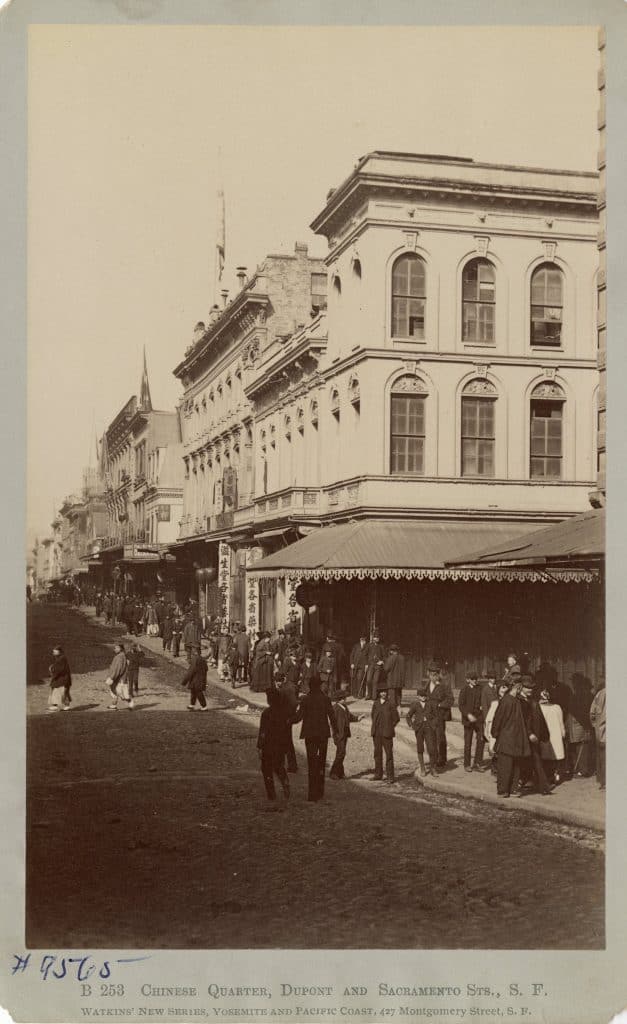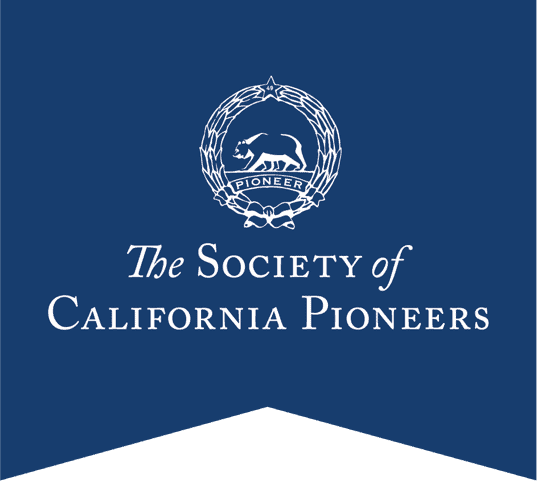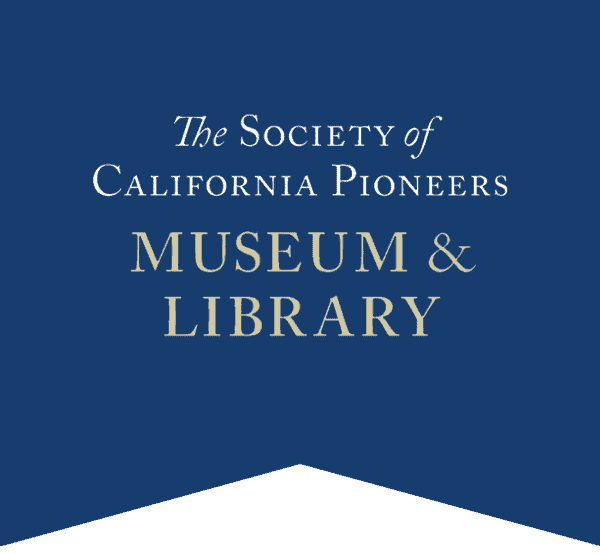Photography
Carefully preserved in the storerooms of The Society lie some of the great photographic treasures of California and the West.
Photography first came to California in the form of the daguerreotype, a one-of-a-kind image rendered on a silvered metal plate. The Gold Rush created an acute demand for such exquisitely detailed images recalling distant loved ones or recording participation in the historic search for gold. The Society proudly hosts an impressive collection of daguerreotypes.
The earliest paper photographs in California were made on salted paper, creating warm-toned prints with a matte finish. The Society’s collection of salt prints, one of the finest in existence, is notable for its six bound volumes entitled Portraits of Members of the Society of California Pioneers. By the 1860s, the salt print began to lose ground to the albumen print, so called because the photographic emulsion lay suspended on the paper in a layer of egg white. Albumen prints were made in a variety of sizes and formats from tiny cartes de visite to mammoth prints.
In the fall of 1861, Carleton Watkins entered Yosemite Valley with a huge wooden camera, capable of producing glass-plate negatives as large as 18×22 inches. Difficult under the best of conditions, the collodion process obliged Watkins to coat the giant glass plates with light-sensitive emulsion, make an exposure and develop the negative in a portable dark tent before the plate dried, thus creating a beautiful mammoth albumen print. The Society holds one of the finest collections of vintage prints by Watkins anywhere, thanks largely to a gift from photographer Charles B. Turrill, a friend and biographer of the artist. Watkins’ mammoth plates were a sensation on both coasts and his feat was soon repeated by Charles Leander Weed and Eadweard Muybridge.

The Lawrence & Houseworth Collection
In a confluence of forces unique in time and place, California after 1849 played host both to the growth of a new and exciting landscape and culture and to important developments in the world’s newest visual medium: photography. Among the most significant practitioners of this new art was the San Francisco firm of Lawrence & Houseworth, established in 1852. For some forty years the firm was the premier source in the West for landscapes, portraits and stereographs.
Its three-volume set of images, used for the selection of prints by its customers, is one of the treasures of the rich collections of The Society of California Pioneers. The albums are, in the words of Gary Kurutz, “Without doubt the finest single pictorial record of the maturation of Northern California and the Pacific Coast following the rambunctious days of the Gold Rush and statehood.” ~ Thomas Weston Fels, from Scenes of Wonder & Curiosity
This fine collection of Lawrence and Houseworth photographs has been digitized and can be viewed via our open access database of 1,495 historical photographs.

Interested in donating to our Collections?
We are always seeking to enhance our collection! All items offered for donation must fit within our collections guidelines and will be vetted and processed by our Collections Committee.
For further information, contact us at
[email protected].



